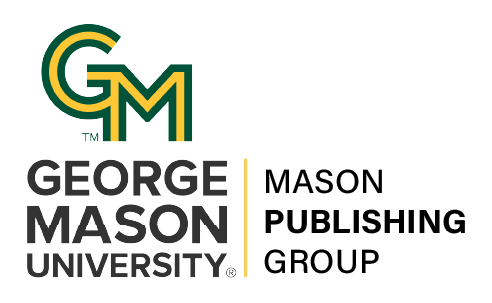"TEACHING TABLE:" Judging the Substance of Student Case Presentations
DOI:
https://doi.org/10.13021/G8itlcp.2.2010.2078Keywords:
assessment, active learningAbstract
Core Issue: Communication and interpersonal skills is the number one attribute recruiters look for while hiring business graduates (The Wall Street Journal, 2004). To improve their communication skills further, business students routinely make in-class case presentations. These presentations are typically evaluated by faculty based on their style and substance for a course grade. Judging the substance of a presentation is probably more difficult than judging its style. The purpose of this session is to go into the nuances of evaluating the substance of a case presentation. This will be demonstrated by evaluating the substance of some actual undergraduate student presentations. A rubric that has been used within the management department at the School of Management will be utilized. I will have a one-page summary of a case and some actual student presentations (6 slides-per-page PowerPoint format). While the session focuses on a case presentation, participants in the session will be able to apply the material to a variety of student presentations. At a broad level, the
participants will: 1) Learn about the rubric that has been used to judge student presentations. It is adapted from the one developed at the university level to assess critical thinking. It is attached to this proposal as a pdf file.
2) Develop an awareness of the kind of mistakes undergraduate students make in their case
presentations.
3) Learn about the authorââ¬â¢s ââ¬Åtop tenââ¬Â list of flaws in the substance of student case presentations.
4) Improve their ability to give constructive feedback to their undergraduate student presenters.



